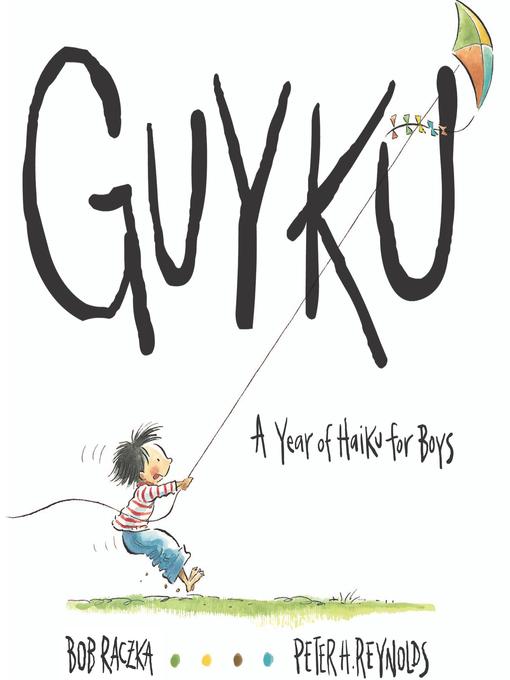The wind and I play
tug-of-war with my new kite.
The wind is winning.
When you're a guy, nature is one big playground—no matter what the season. There are puddles to splash in the spring, pine trees to climb in the summer, maple seeds to catch in the fall, and icicles to swordfight with in the winter.
Nature also has a way of making a guy appreciate important stuff—like how many rocks it takes to dam up a stream, or how much snow equals a day off from school.
So what kind of poetry best captures these special moments, at a length that lets guys get right back to tree-climbing and kite-flying? Why, guyku, of course!




